When it comes to designing a living room, lighting is often an afterthought. However, proper lighting can make a huge difference in the overall look and feel of your space. Whether you want to create a cozy and inviting atmosphere or showcase your design elements, the right lighting design can help you achieve your desired look. Here are 10 ideas to brighten up your living room and take your design to the next level.Lighting Design for a Living Room: 10 Ideas to Brighten Up Your Space
1. Consider the purpose of your living room. Is it a space for relaxation or entertaining? This will help determine the type of lighting you need. For example, if you love to curl up with a good book, you'll want to incorporate soft, ambient lighting. But if you frequently have guests over, you'll want to focus on task lighting for a well-lit space. 2. Start with natural light. Before adding any artificial lighting, take advantage of the natural light in your living room. Utilize big windows or skylights to let in as much natural light as possible. This will not only brighten up your space, but also save on energy costs. 3. Layer your lighting. A well-designed living room should have a mix of different types of lighting. This includes ambient lighting, task lighting, and accent lighting. By layering these different types, you can create depth and dimension in your space. 4. Choose the right light fixtures. The type of light fixtures you choose can greatly impact the look and feel of your living room. Consider the style of your space and choose fixtures that complement it. For example, a modern living room may benefit from sleek, minimalist fixtures, while a traditional living room may look best with more ornate fixtures. 5. Utilize lamps. Lamps are a great way to add both ambient and task lighting to your living room. They also come in a variety of styles, making it easy to find one that fits your design aesthetic. Place floor lamps next to sofas or chairs for reading, and use table lamps on side tables for ambient lighting. 6. Install dimmer switches. Dimmer switches allow you to adjust the brightness of your lighting, making it easy to create the perfect mood in your living room. They are also great for saving energy, as you can lower the lights when you don't need them at full brightness. 7. Highlight your design elements. If you have a beautiful piece of artwork or a statement piece of furniture in your living room, make sure to incorporate accent lighting to highlight it. This can be in the form of track lighting, spotlights, or even wall sconces. 8. Avoid harsh overhead lighting. Overhead lighting can be too bright and can create harsh shadows. Instead, opt for softer, indirect lighting, such as wall sconces, to create a more inviting and cozy atmosphere in your living room. 9. Think about color temperature. The color temperature of your lighting can greatly impact the overall feel of your living room. Warmer colors, such as yellow and orange, create a cozy and intimate atmosphere, while cooler colors, like blue and white, can make a space feel more modern and energizing. 10. Don't forget about functionality. While the aesthetics of your lighting design are important, it's also crucial to consider the functionality. Make sure your lighting is placed in areas that are practical and provide enough light for daily tasks, such as reading or watching TV.10 Tips for Creating the Perfect Lighting Design in Your Living Room
Choosing the right lighting for your living room can seem overwhelming, but it doesn't have to be. Here are some tips to help you make the best decisions for your space: 1. Consider the size and layout of your living room. A larger living room may benefit from multiple light sources, while a smaller living room may only need one or two. The layout of your living room can also impact where you place your lighting, as you'll want to make sure it reaches all areas of the room. 2. Think about the color scheme. If your living room has a lot of warm colors, such as reds and oranges, you may want to choose lighting with a slightly cooler color temperature to balance it out. If your living room has a lot of cool colors, such as blues and greens, opt for warmer lighting to add warmth and coziness. 3. Consider the functionality of each light. As mentioned before, different types of lighting serve different purposes. Make sure to consider what you'll be using each light for before making your final decisions. 4. Don't be afraid to mix and match. Mixing different styles of lighting can add interest and dimension to your living room. Just make sure they complement each other and fit within your overall design aesthetic.How to Choose the Right Lighting for Your Living Room Design
Now that you have a better understanding of the basics of lighting design for your living room, let's dive into some more advanced techniques: 1. Use warm and cool lighting to create contrast. A combination of warm and cool lighting can create a beautiful contrast in your living room. For example, you can use warm floor lamps to create a cozy reading nook, while cool track lighting can highlight a statement wall. 2. Incorporate lighting into your design elements. Instead of just using lighting as a functional element, use it as a design element as well. For example, incorporate string lights into a gallery wall or use pendant lights as a focal point above a coffee table. 3. Consider the direction of your lighting. The direction of your lighting can greatly impact the overall look and feel of your living room. Lights facing upwards can create a more dramatic and artistic ambiance, while lights facing downwards can add a cozy and intimate touch. 4. Use lighting to create a certain mood. Lighting has the power to evoke certain emotions and moods. Use this to your advantage by incorporating dimmable lights to create a romantic atmosphere or using colored lights to add a fun and playful touch.Living Room Lighting Design: From Basics to Advanced Techniques
1. Ambient lighting. This is the main source of light in your living room and should provide overall illumination. This can be in the form of ceiling lights, chandeliers, or even floor lamps. 2. Task lighting. As the name suggests, task lighting is used for specific tasks, such as reading or working on a laptop. This can be in the form of table lamps, floor lamps, or even wall sconces. 3. Accent lighting. Accent lighting is used to highlight certain design elements, such as artwork or architectural features. This can be in the form of track lighting, spotlights, or even string lights. 4. Natural lighting. Don't forget about natural lighting! Utilize windows, skylights, or glass doors to let in as much natural light as possible. This not only brightens up your space, but also adds a beautiful natural element. 5. Smart lighting. Incorporating smart lighting into your living room design can add both convenience and style. You can control the brightness, color, and even schedule when your lights turn on and off.5 Types of Lighting Every Living Room Design Needs
One of the main goals of a living room is to create a cozy and inviting atmosphere. Here are some tips for using lighting to achieve this: 1. Incorporate warm lighting. As mentioned before, warm lighting can add a cozy and intimate touch to your living room. This can be in the form of table lamps, string lights, or even candles. 2. Use layers of lighting. By layering different types of lighting, you can create a warm and inviting atmosphere. For example, use a combination of floor lamps, table lamps, and string lights for a cozy and well-lit space. 3. Consider the color temperature. As mentioned before, warmer colors tend to create a cozier atmosphere. You can also use warmer-colored bulbs in your light fixtures to add warmth to your space. 4. Incorporate natural elements. Adding natural elements, such as plants or natural wood, to your living room can create a warm and inviting atmosphere. Use lighting to highlight these elements and add depth to your space.Creating a Cozy and Inviting Living Room with the Right Lighting Design
Natural light not only brightens up your space, but also has many other benefits, such as improving mood and productivity. Here's how you can maximize natural light in your living room: 1. Utilize big windows. If you have large windows in your living room, make sure to keep them unobstructed to let in as much natural light as possible. Avoid heavy curtains or furniture blocking the windows. 2. Use light-colored walls. Light-colored walls can help reflect natural light, making your living room feel brighter and more spacious. Consider using light shades of white, beige, or pastel colors. 3. Incorporate mirrors. Mirrors can help reflect natural light and make your living room feel bigger and brighter. Place a large mirror opposite a window to maximize the natural light in your space. 4. Choose light-colored furniture. Dark furniture can absorb natural light, making your living room feel darker. Opt for light-colored furniture to help reflect the natural light and create a brighter space.Maximizing Natural Light in Your Living Room Design
While lighting can greatly enhance your living room, there are also some common mistakes to avoid: 1. Not considering the purpose of your living room. As mentioned before, the purpose of your living room can greatly impact the type of lighting you need. Make sure to consider this before making any lighting decisions. 2. Using only one light source. A single overhead light can create harsh shadows and an uninviting atmosphere. Make sure to incorporate multiple sources of light to create a well-lit and inviting space. 3. Not using dimmer switches. Dimmer switches allow you to adjust the brightness of your lights, making it easy to create the perfect mood in your living room. Don't miss out on this opportunity to enhance your space. 4. Choosing the wrong color temperature. The color temperature of your lighting can greatly impact the overall feel of your living room. Make sure to choose a color temperature that complements your space and creates the desired mood.Lighting Design Mistakes to Avoid in Your Living Room
As mentioned before, layering different types of lighting is key to creating a well-designed living room. Here are some tips for using layered lighting to enhance your space: 1. Start with your ambient lighting. This is your main source of light and should provide overall illumination. This can be in the form of ceiling lights, chandeliers, or even floor lamps. 2. Add task lighting. Task lighting is important for specific tasks, such as reading or working on a laptop. This can be in the form of table lamps, floor lamps, or even wall sconces. 3. Incorporate accent lighting. Accent lighting can add depth and dimension to your living room design. Use it to highlight certain design elements, such as artwork or architectural features. 4. Utilize natural lighting. Don't forget to take advantage of natural light in your living room. Use windows, skylights, or glass doors to let in as much natural light as possible. 5. Consider adding smart lighting. Smart lighting can add both convenience and style to your living room design. You can control the brightness, color, and even schedule when your lights turn on and off.Using Layered Lighting to Enhance Your Living Room Design
Smart lighting is becoming increasingly popular for its convenience and style. Here are some tips for incorporating smart lighting into your living room design: 1. Choose the right smart bulbs. There are many different types of smart bulbs available, so make sure to choose ones that are compatible with your smart home system and fit your lighting needs. 2. Consider using smart dimmers. Smart dimmers allow you to control the brightness of your lights from your phone or voice commands. This is great for creating the perfect mood in your living room.Incorporating Smart Lighting into Your Living Room Design for Convenience and Style
Maximizing Comfort and Functionality: The Importance of Lighting Design for a Living Room

The Power of Lighting in Home Design
 When it comes to designing a living room, lighting is often an overlooked aspect. Many homeowners focus on furniture and decor, but fail to realize the impact that proper lighting can have on the overall look and feel of a room.
Lighting is not just about illuminating a space, it is an essential element of interior design that can greatly enhance the ambiance and functionality of a living room.
When it comes to designing a living room, lighting is often an overlooked aspect. Many homeowners focus on furniture and decor, but fail to realize the impact that proper lighting can have on the overall look and feel of a room.
Lighting is not just about illuminating a space, it is an essential element of interior design that can greatly enhance the ambiance and functionality of a living room.
The Role of Lighting in Creating the Perfect Atmosphere
 The right lighting can set the mood and create a welcoming atmosphere in your living room.
Dimmer switches, for example, allow you to adjust the intensity of the light, providing versatility and the ability to create different moods for different occasions.
Soft, warm lighting can create a cozy and intimate feel, while brighter lights can make the room feel more lively and energetic.
Using a combination of different light sources such as table lamps, floor lamps, and overhead lights can add depth and dimension to the room, creating a more visually appealing space.
The right lighting can set the mood and create a welcoming atmosphere in your living room.
Dimmer switches, for example, allow you to adjust the intensity of the light, providing versatility and the ability to create different moods for different occasions.
Soft, warm lighting can create a cozy and intimate feel, while brighter lights can make the room feel more lively and energetic.
Using a combination of different light sources such as table lamps, floor lamps, and overhead lights can add depth and dimension to the room, creating a more visually appealing space.
The Functionality of Lighting in a Living Room
 In addition to setting the mood, lighting also plays a crucial role in the functionality of a living room.
Proper lighting can make daily activities, such as reading, watching TV, or working on a laptop, much more comfortable and efficient.
Direct task lighting, such as a floor lamp next to a reading chair, and ambient lighting, such as recessed lights or track lighting, can provide the necessary illumination for various tasks without causing strain on the eyes.
It is important to consider the placement of lighting fixtures in the living room to ensure that all areas of the room are well-lit and that there are no dark corners.
In addition to setting the mood, lighting also plays a crucial role in the functionality of a living room.
Proper lighting can make daily activities, such as reading, watching TV, or working on a laptop, much more comfortable and efficient.
Direct task lighting, such as a floor lamp next to a reading chair, and ambient lighting, such as recessed lights or track lighting, can provide the necessary illumination for various tasks without causing strain on the eyes.
It is important to consider the placement of lighting fixtures in the living room to ensure that all areas of the room are well-lit and that there are no dark corners.
The Importance of Natural Light
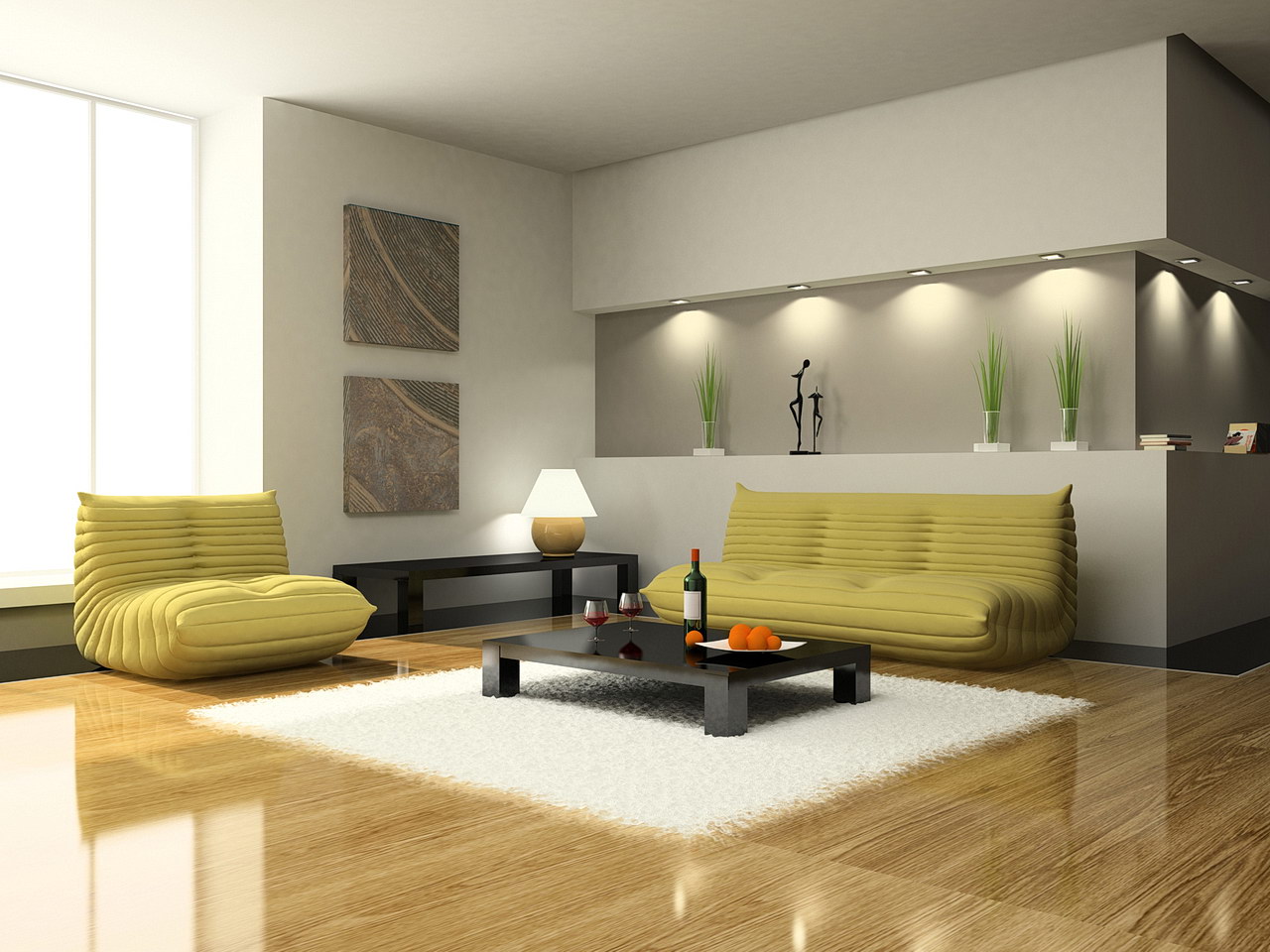 Letting natural light into a living room can have a significant impact on its overall design.
Not only does it make the room feel more spacious and inviting, but it also has numerous health benefits, such as improving mood and boosting Vitamin D levels.
To maximize natural light, consider adding large windows, skylights, or glass doors.
Strategic placement of mirrors can also reflect natural light and make the room feel brighter and more open.
Letting natural light into a living room can have a significant impact on its overall design.
Not only does it make the room feel more spacious and inviting, but it also has numerous health benefits, such as improving mood and boosting Vitamin D levels.
To maximize natural light, consider adding large windows, skylights, or glass doors.
Strategic placement of mirrors can also reflect natural light and make the room feel brighter and more open.
The Key to a Successful Lighting Design for a Living Room
:max_bytes(150000):strip_icc()/GettyImages-1158459651-c796775e71e5498d955dab3fe0ed2add.jpg) Ultimately, the key to a successful lighting design for a living room is finding the right balance between form and function.
Consider the purpose of the room, the activities that will take place, and the overall aesthetic you want to achieve.
Experiment with different light sources, intensities, and placements to create the perfect atmosphere and functionality for your living room.
Remember, lighting is not just a functional aspect of home design, it is an opportunity to add personality and style to your living space.
Ultimately, the key to a successful lighting design for a living room is finding the right balance between form and function.
Consider the purpose of the room, the activities that will take place, and the overall aesthetic you want to achieve.
Experiment with different light sources, intensities, and placements to create the perfect atmosphere and functionality for your living room.
Remember, lighting is not just a functional aspect of home design, it is an opportunity to add personality and style to your living space.
In conclusion, proper lighting design is essential for creating a comfortable, functional, and visually appealing living room. By considering the role of lighting in setting the mood, enhancing functionality, and utilizing natural light, you can create a space that is not only beautiful, but also practical for everyday living.
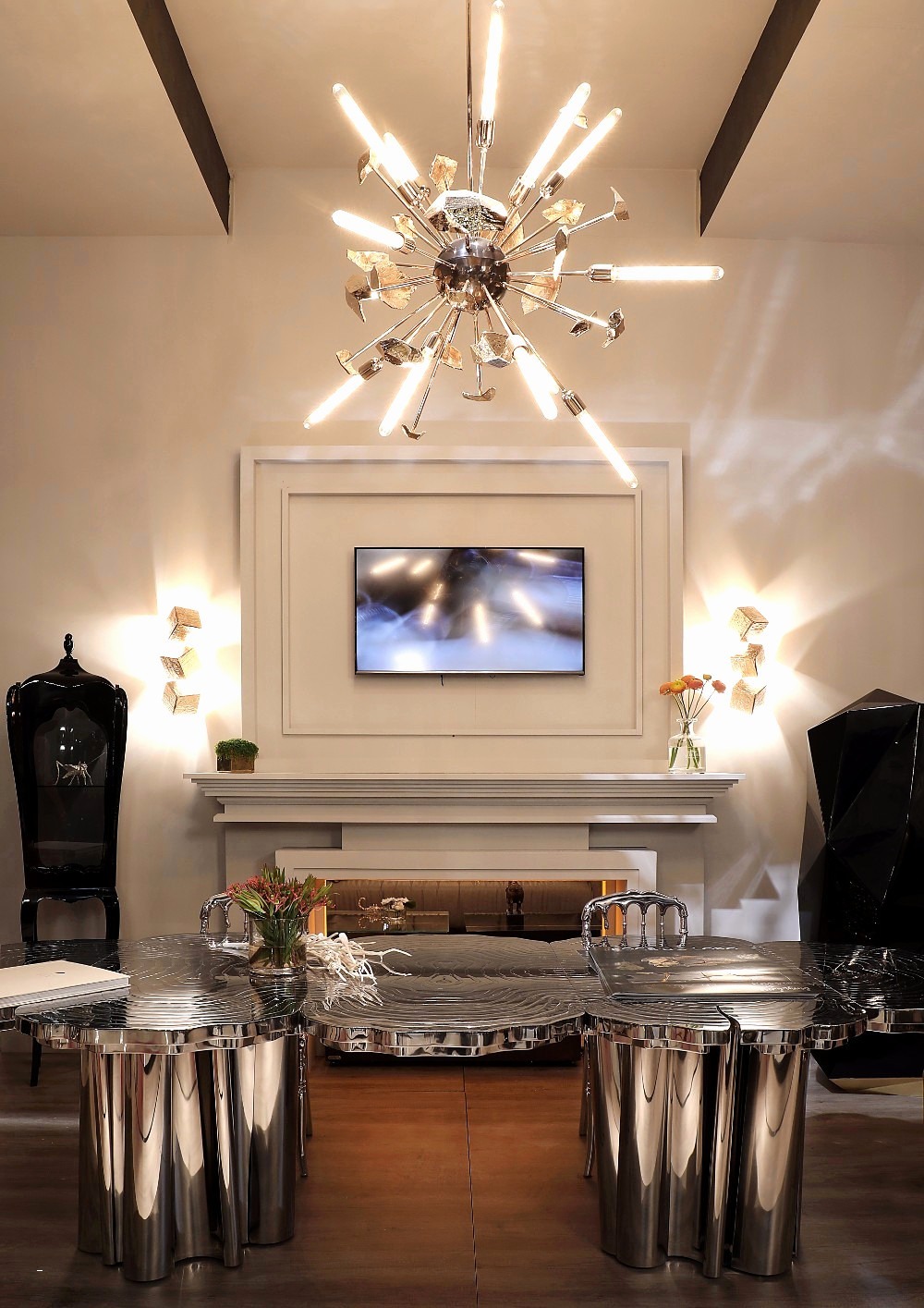


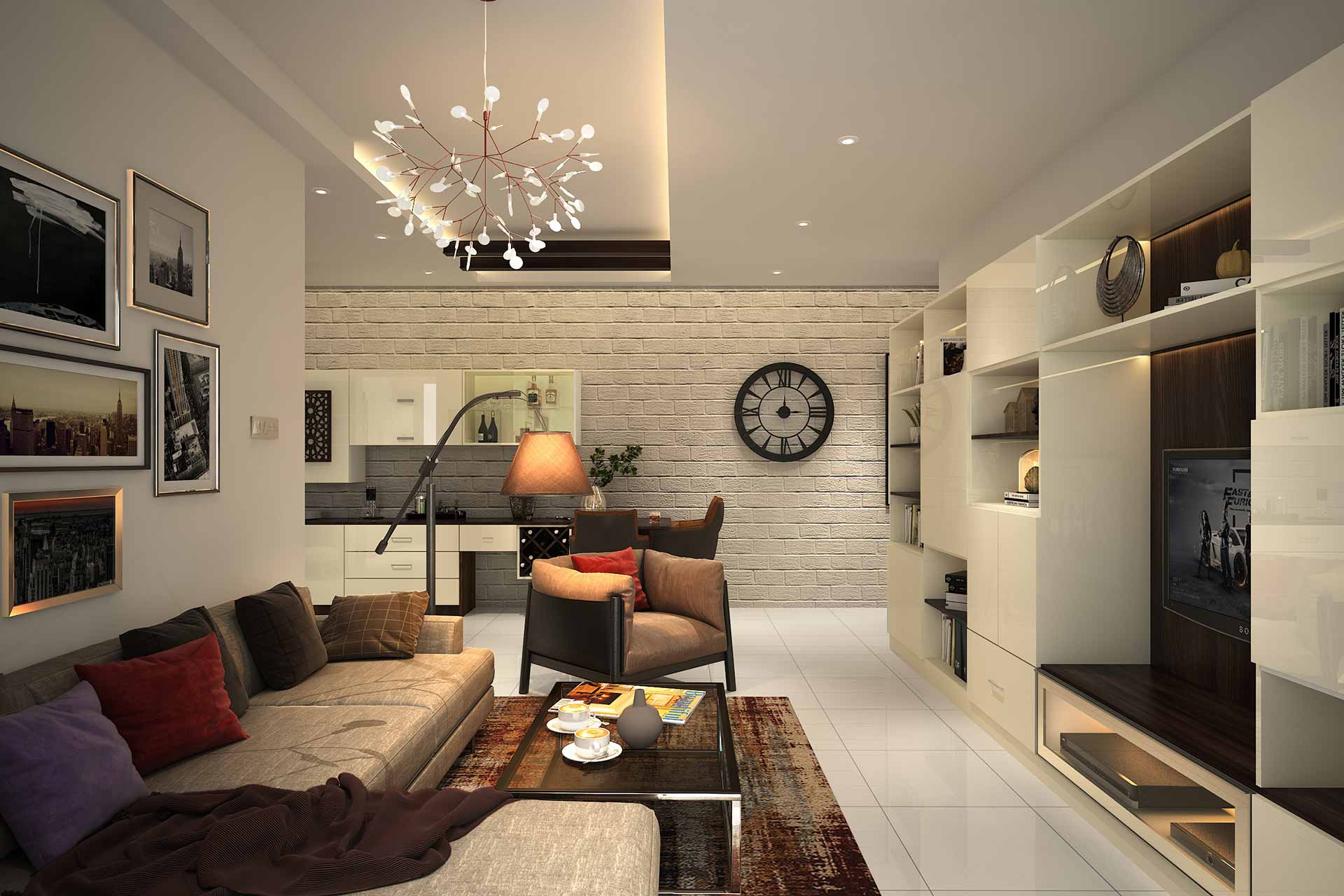

/living-room-lighting-ideas-4134256-01-2f070b6071444f1197ad5ca56d9e6678.jpg)





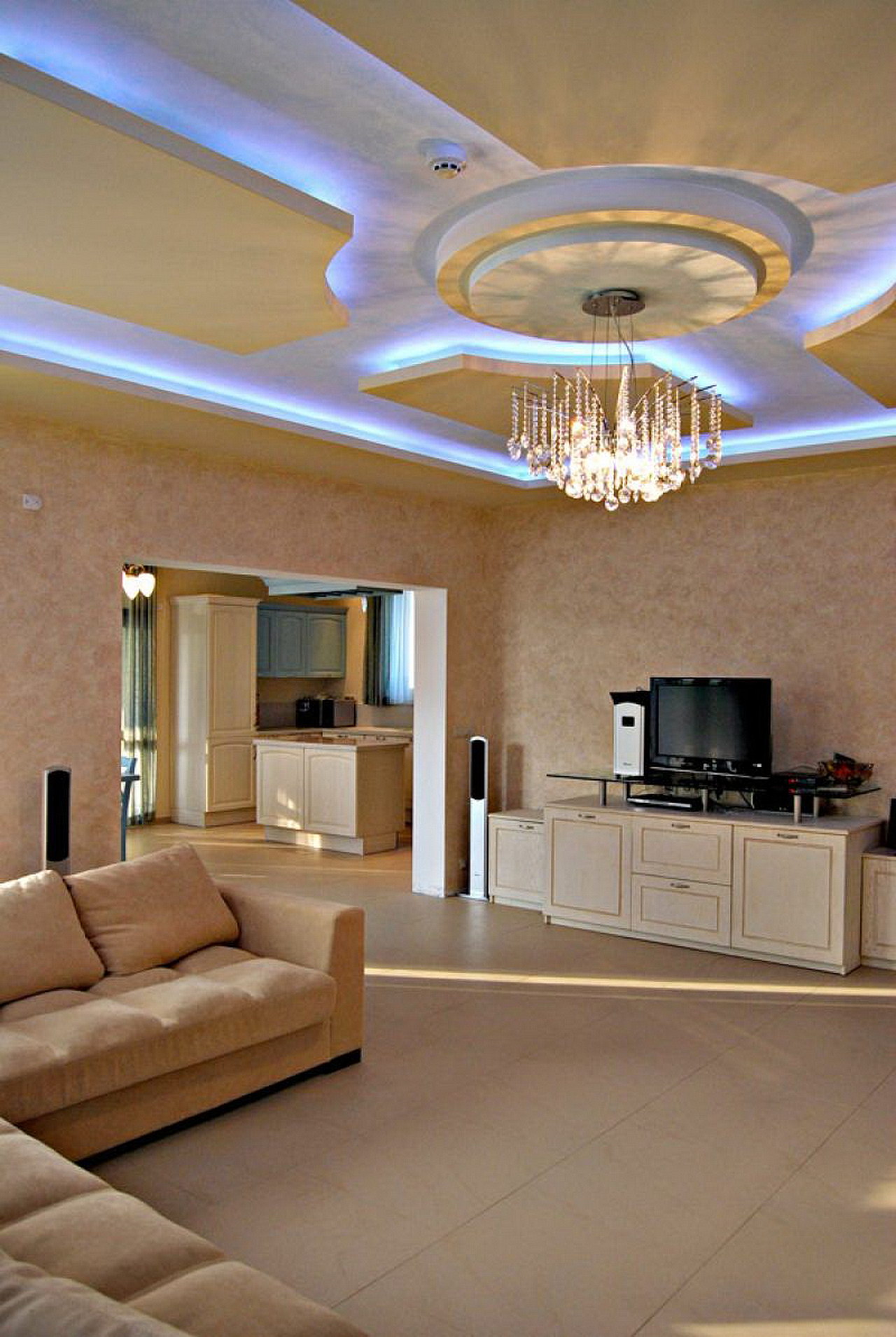

















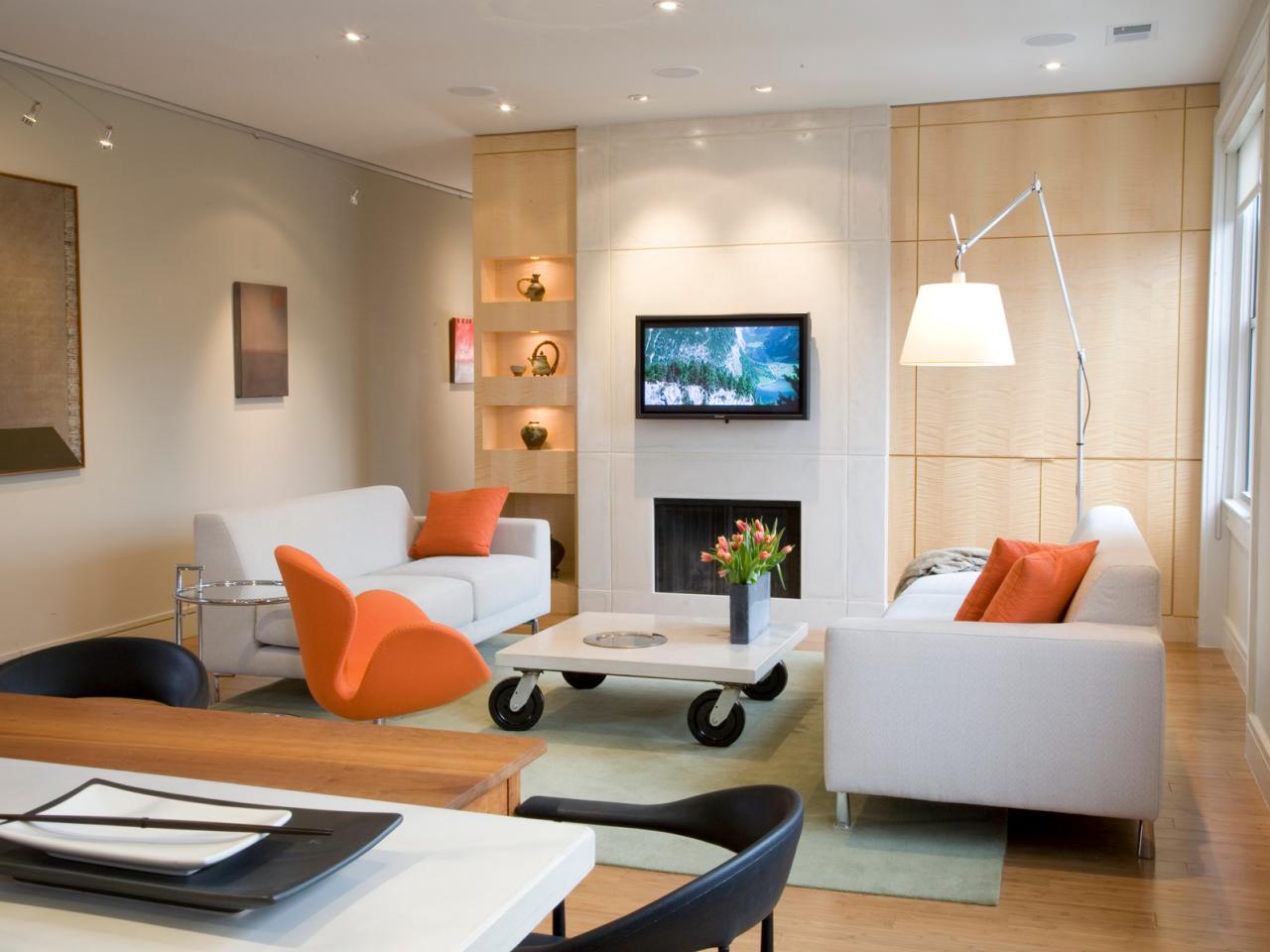







.jpg)






:max_bytes(150000):strip_icc()/orestudios_lonemadrone_05-0294eeaf854c4d8ebf34d13990996973.jpg)
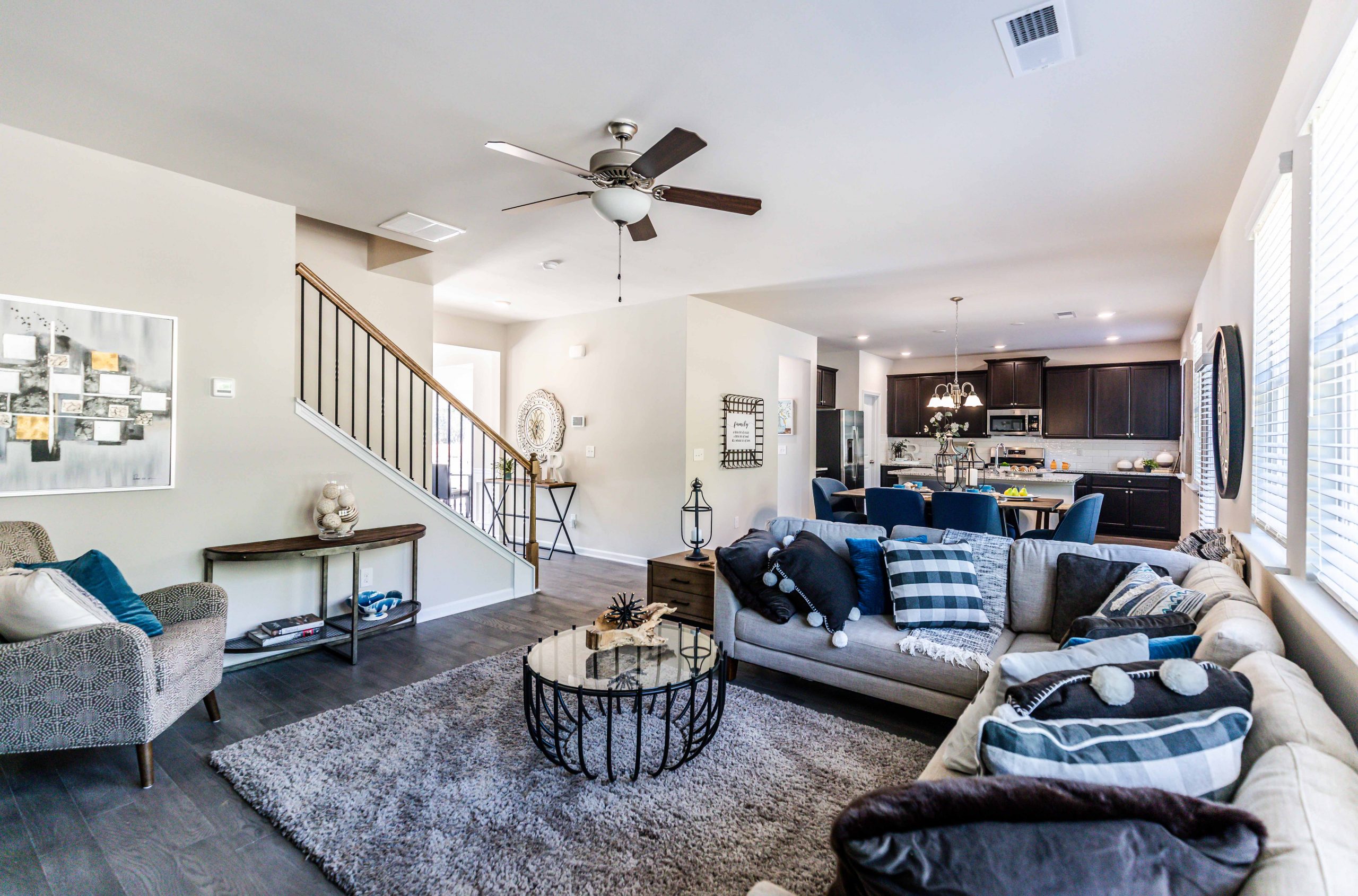











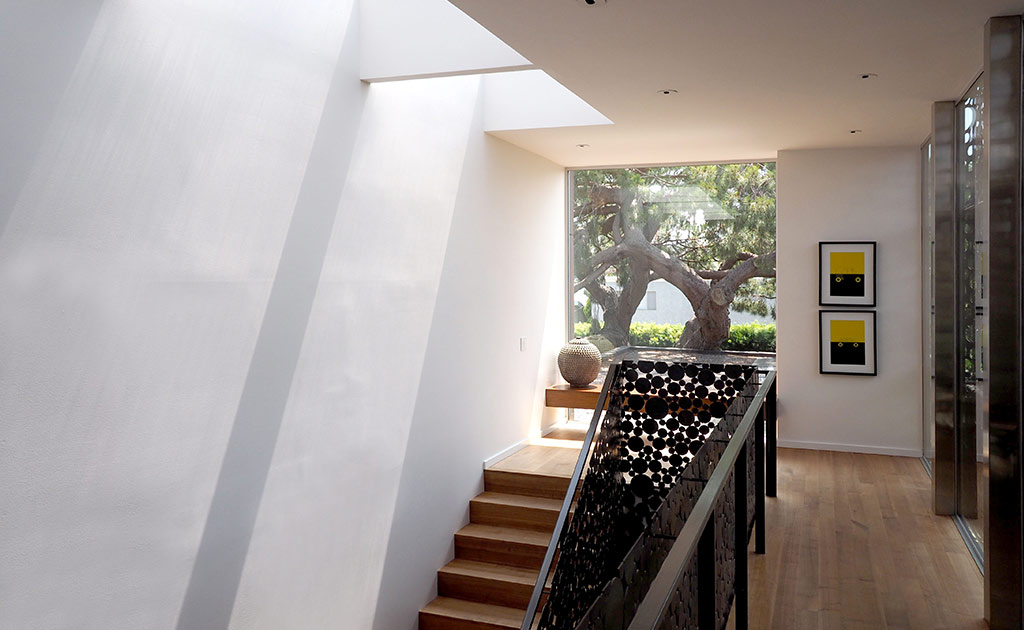




















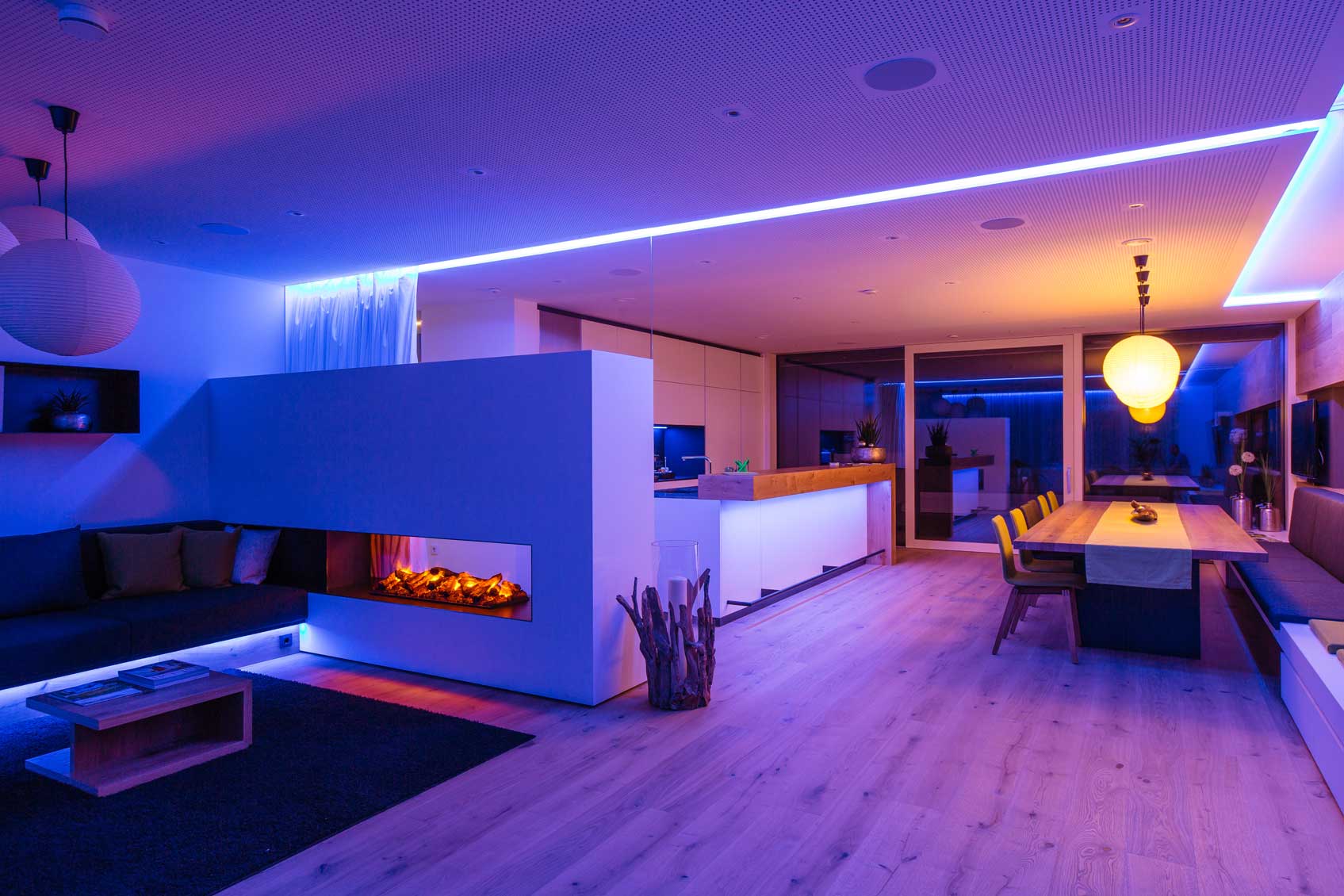







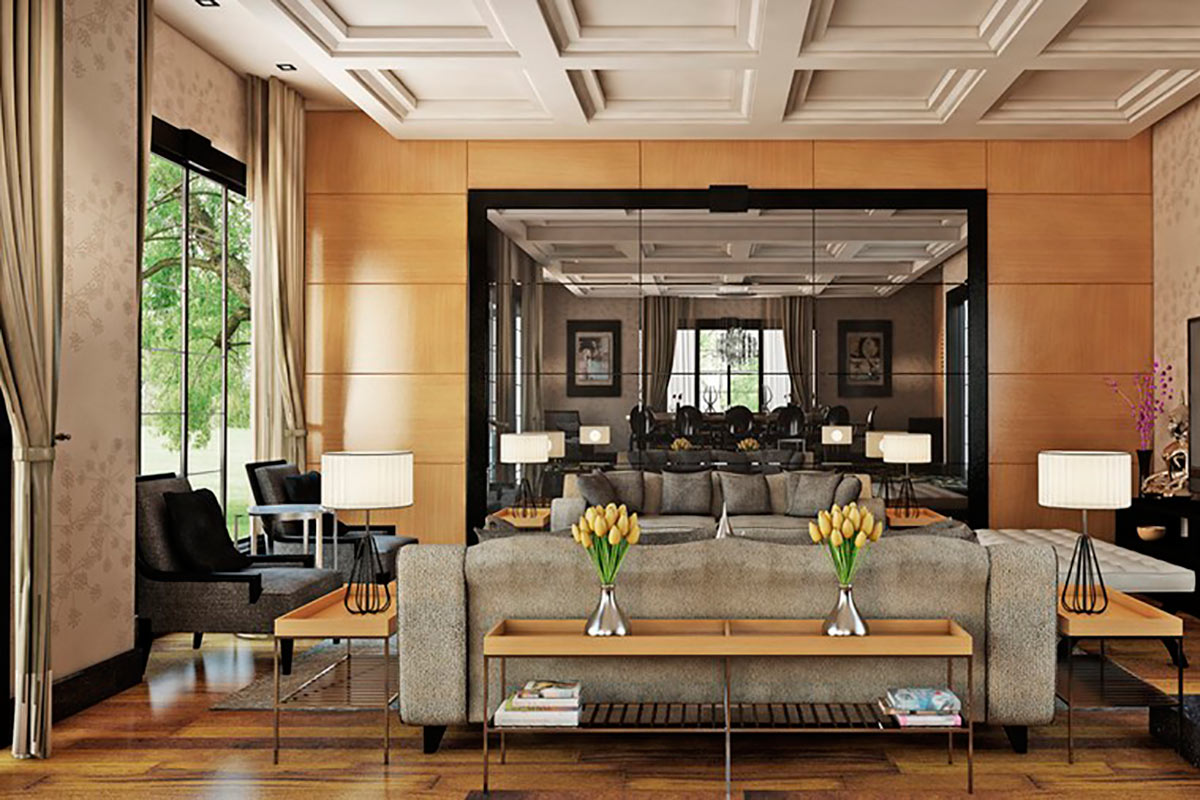




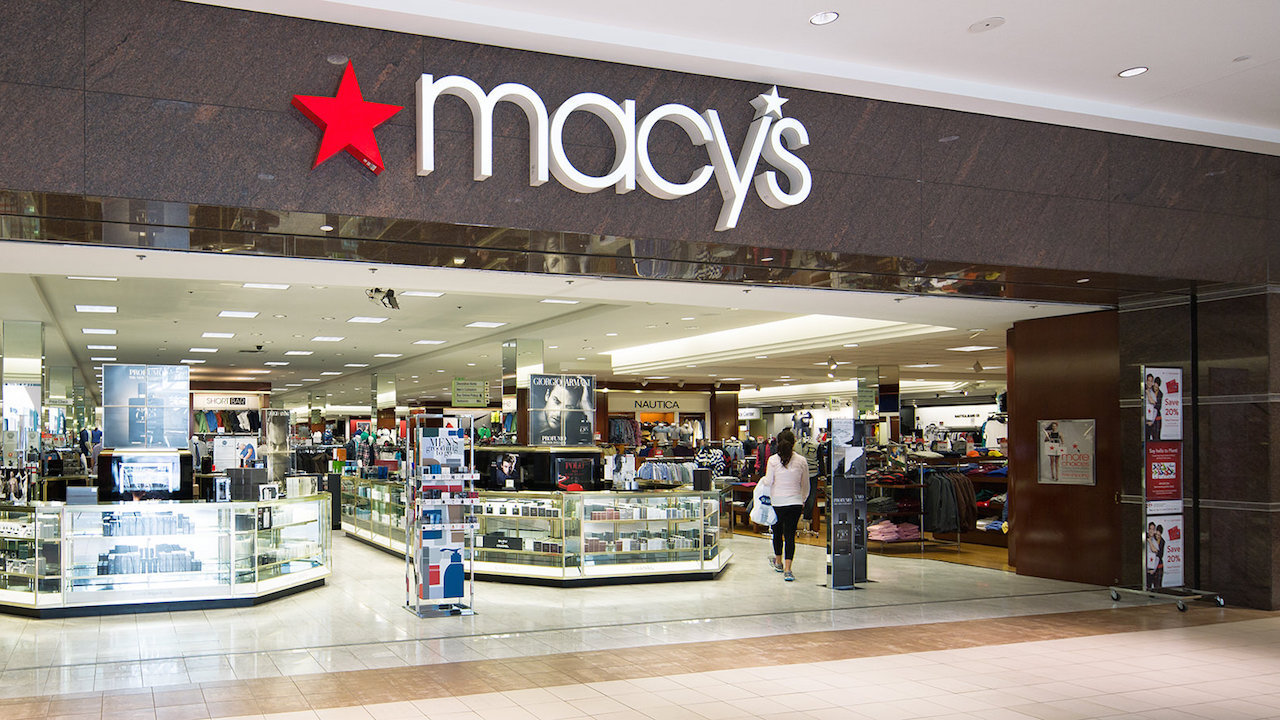
/katiehodgesromanticbedroom-480f0e93c37a41dd970b0489a0393ae0.jpg)


